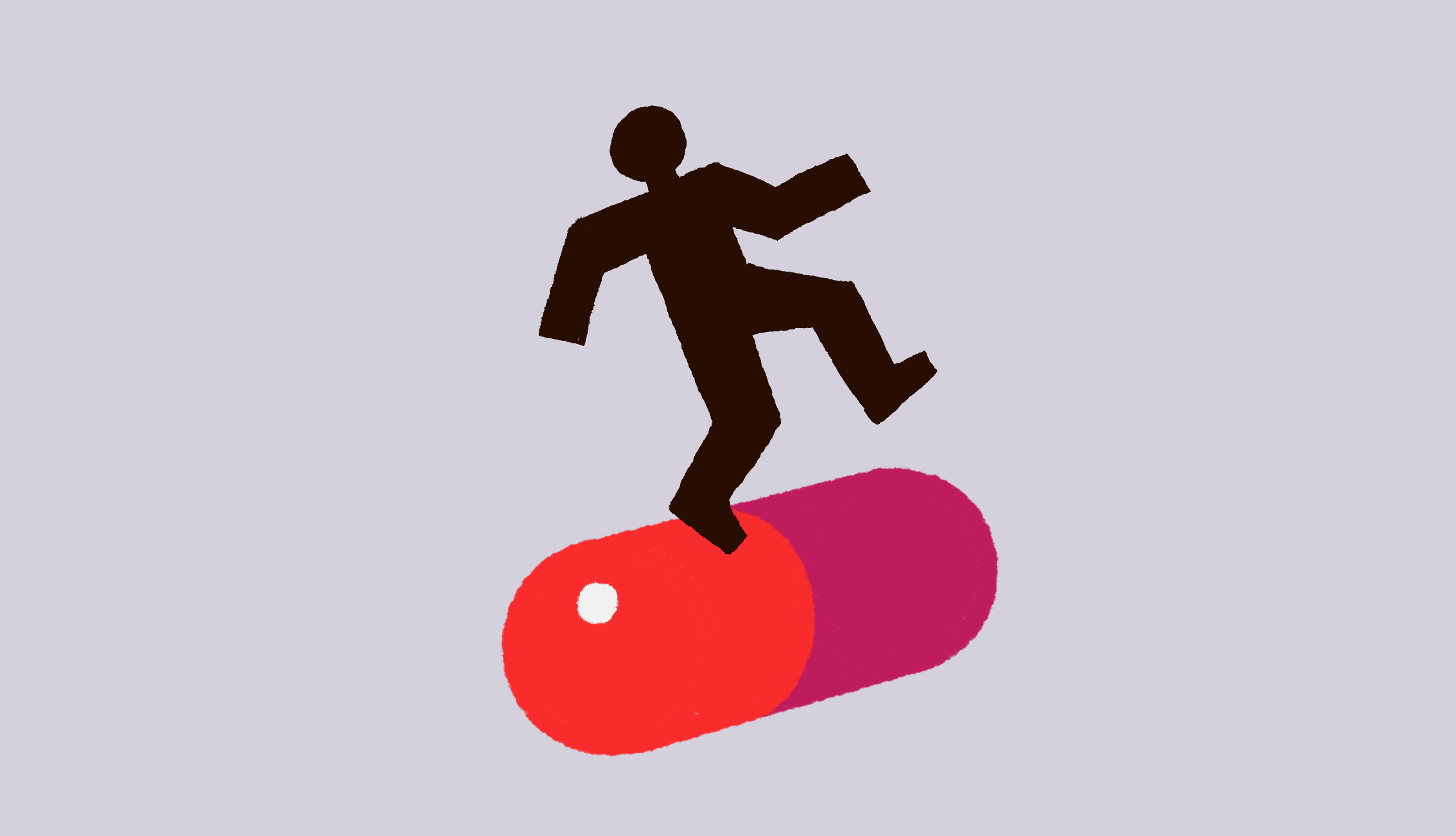AARP Hearing Center


More than 90 percent of adults aged 65 and older take at least one prescription medication, with 66 percent of people in that age group taking more than three prescriptions a month.
But many people who take daily medications are unaware that certain drugs in their pill box can also increase their risk of falling, which can lead to devastating, even fatal, complications.
Falls are the leading cause of injury in Americans 65-plus, and can be life-changing for many. About half of those who break a hip are no longer able to live independently. Broken hips also increase the risk of death.
How medications can lead to falls
Prescription drugs can lead to falls in several ways. For example, pills that lower blood pressure can make you feel dizzy or lightheaded, especially if you stand up suddenly. This can be especially risky in people who are frail or unsteady on their feet.
Beware of mixing medications and alcohol
People who take prescription medications need to be more careful about consuming alcohol at any age.
Combining alcohol with certain medications increases the risk of drowsiness and fainting, and reduces a person’s coordination.
That’s especially true for older people. “If you are taking an antidepressant in your 70s and you have a glass of wine, you get a double whammy,” Shubert says.
Drugs that make you drowsy — such as sleeping pills, anti-anxiety medications or certain pain relievers — also increase your risk of falling, says Tiffany Shubert, a physical therapist in Chapel Hill, North Carolina, and chair of the American Physical Therapy Association Geriatrics and National Council on Aging Task Force. She recommends that people talk to their doctor or pharmacist if any of their medications make them sleepy to ask about how to lower their likelihood of falling.
It's also important to know that medicines work differently in our body as we get older, says Sarah Nosal, M.D., president-elect of the American Academy of Family Physicians.
“Our kidneys and liver change how they process medications and our body loses muscle mass and has more fatty tissue as we age, all of which can change how our bodies break down medications and clear them from our systems,” Nosal says.
Substances such as medications and alcohol tend to stay in our bodies longer, potentially increasing the risk of side effects that can lead to falls, Nosal adds. Medications that were safe when we were younger may pose greater risks as we age. Older people may need a lower dose of some drugs than younger folks.
“If you were prescribed Valium for anxiety in your 40s and keep taking that dose in your 70s, it could be like [taking] a double dose,” Shubert says.





































































More From AARP
7 Drugs That Can Affect Your Memory
Feeling fuzzy? You medications could be to blame
The Safest Way for Older Adults to Get Up From a Fall
Use these tactics if you ever take a spill
How Can I Improve My Balance?
A doctor's advice for preventing falls